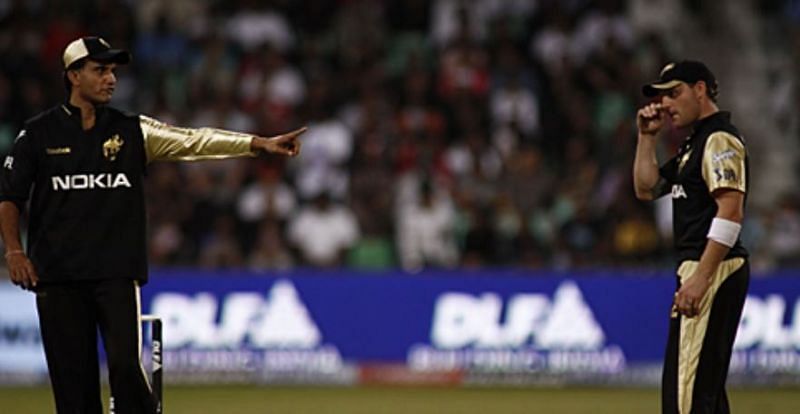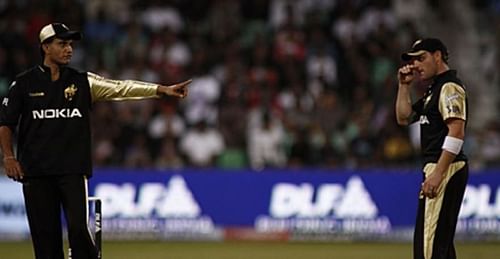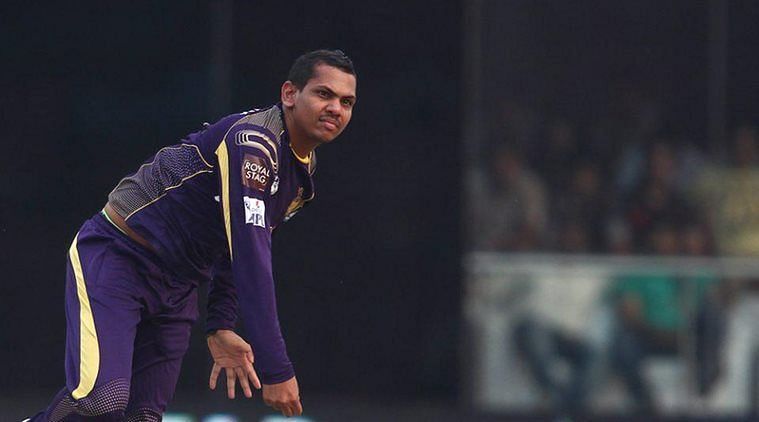
IPL 2008 to 2018: 3 tactical changes that have happened over the years.

From Rajasthan Royals winning the inaugural IPL to Mumbai Indians 3rd title last year, IPL has evolved leaps and bounds. Over the years a lot of innovative strategies have been used and only a few of them have succeeded. A lot of research goes into making these decisions and with technology aiding, it becomes a battle of brains. Many teams have used analytics to judge players performance and it has assisted in assembling the best possible XI for a game. Consider the case of using particular bowlers for exploiting the weakness of batsmen. Recently KKR started with Piyush Chawla against Jason Roy. The logic behind this move was that the Englishman has been dismissed 12 times by a leg-spinner in 20 games. Such insights can turn the game around and make it easier for the captain to take decisions.
One team that has been known for using unconventional tactics is Kolkatta Knight Riders. The infamous multi-captain theory of John Buchanan had made the headlines and created a lot of controversies. Though the move failed, it was an innovative approach to play the game.
In this piece, we look at three strategies that have made IPL more interesting:
#3 Spinners bowling in the powerplay

In the inaugural IPL, 96% of the time fast bowlers used to bowl in the powerplay. 11 years later this figure has reduced drastically and now 67% of the time teams prefer to bowl seamers in the powerplay. In 2008, there were only seven wickets taken by spinners in the powerplay at an economy rate of 8.73. In the 10th edition of IPL(2017), spinners ruled the roost in powerplay and took an impressive 40 wickets at an economy rate of 7.67.
Among the bowlers, only three have gone at a rate of fewer than six runs per over in the Powerplays. Sunil Narine leads the pack with an economy rate of 5.33, by far the best in the IPL. He has consistently spun a web around the batsman and made it hard for them to get a good start.